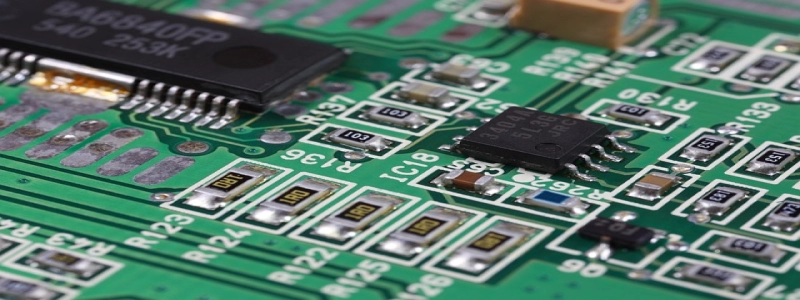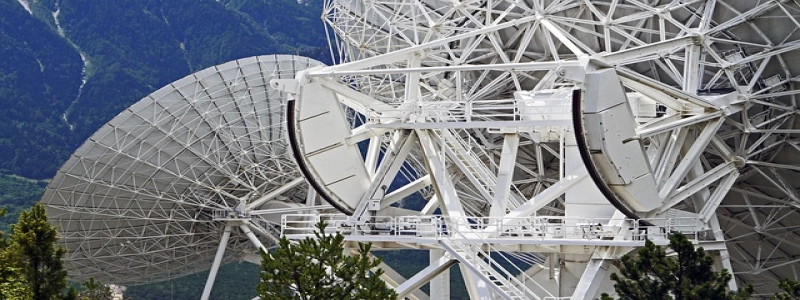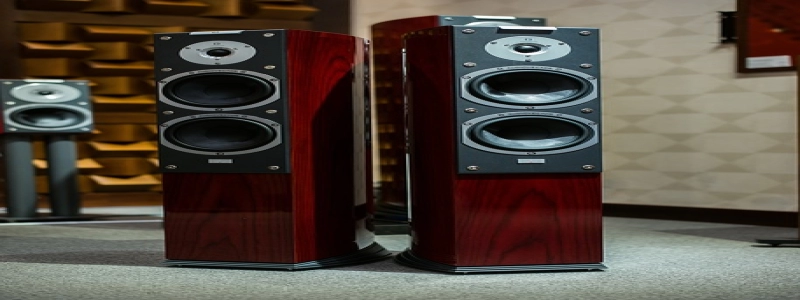Fiber Optic Cable Types Chart
Introduction:
In today’s rapidly advancing technology, fiber optic cables have become the backbone of communication systems. They utilize threads of optically pure glass to transmit information through pulses of light. With their ability to transmit data at incredibly high speeds over long distances, fiber optic cables have revolutionized the telecommunications industry. This article aims to provide an overview of the different types of fiber optic cables available in the market.
I. Single-Mode Fiber:
Single-mode fiber optic cables are designed for long-distance transmission. They have a small core size, typically 9 microns, which allows for a single light signal to travel straight through without being dispersed. Due to this direct path, single-mode fibers offer high bandwidth and low attenuation. These cables are commonly used in telecommunications networks, internet backbones, and long-distance communication applications.
II. Multi-Mode Fiber:
Multi-mode fiber optic cables have a larger core diameter, typically 62.5 or 50 microns. Unlike single-mode fibers, they allow multiple light signals to travel simultaneously by bouncing off the walls of the core. This causes the signals to disperse as they travel, limiting their distance and bandwidth. Multi-mode fibers are commonly used in LANs (Local Area Networks) and applications that require shorter distances.
III. Plastic Optical Fiber (POF):
Plastic Optical Fiber, as the name suggests, is made of plastic instead of glass. POF cables have a large core size, typically 1mm to 2mm, making them easier to handle and less expensive than traditional fiber optic cables. However, they have higher attenuation and lower bandwidth compared to glass fibers. POF cables are commonly used for short-range applications such as home networks, automotive communications, and industrial control systems.
IV. Hybrid Fiber Coaxial (HFC) Cables:
Hybrid Fiber Coaxial cables combine both fiber optic and coaxial cables in a hybrid system. These cables are predominantly used in cable television (CATV) and broadband internet services. Fiber optic cables are used for long-distance transmission from the service provider to the neighborhood, while coaxial cables are used for the final connection to the subscriber’s premises. HFC cables provide high-speed internet and television services to a large number of subscribers efficiently.
Conclusion:
Fiber optic cables come in various types to cater to different communication needs. Single-mode fibers offer high bandwidth and long-distance capabilities, making them suitable for telecommunications networks. Multi-mode fibers are ideal for shorter distances and LAN applications. Plastic Optical Fibers are cost-effective options for short-range connections. Lastly, Hybrid Fiber Coaxial cables combine the advantages of fiber optic and coaxial cables to deliver efficient cable television and broadband internet services. Understanding the different fiber optic cable types can help determine the most appropriate choice for specific communication requirements.








